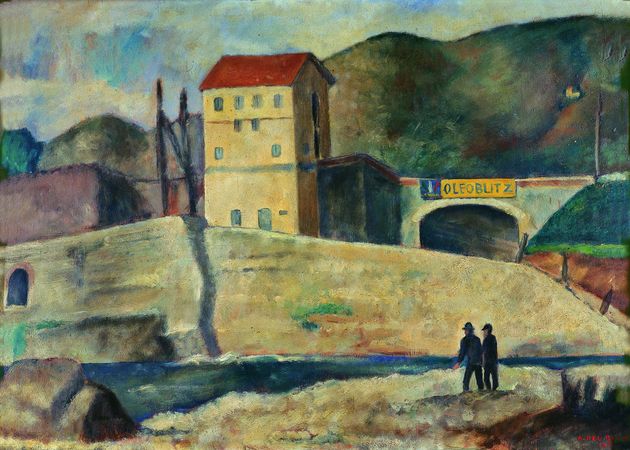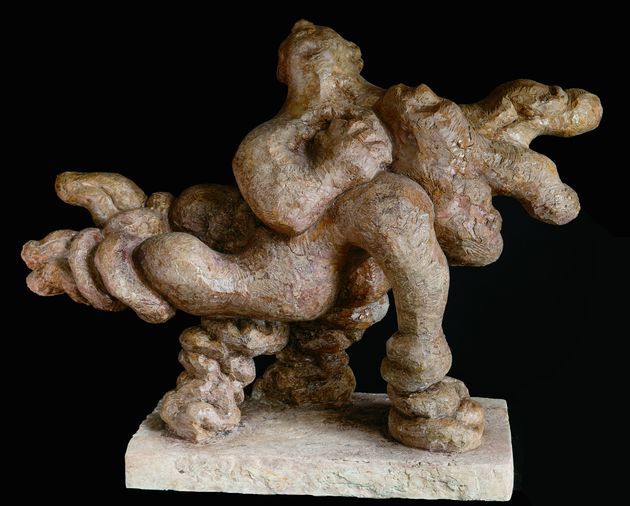Marini began his career as a painter of neoclassical mythological or historical scenes for the noble and bourgeois residences of Prato and Florence. Returning in 1822 from a stay in Vienna, where he had worked for Prince Esterhazy, he received important commissions from the grand-ducal court, and wholly decorated the new Metastasio theatre of Prato (1830). His friendship with the painter Franz Adolf von Stürler led to his acquaintance with the German “nazarene” painters working in Rome and to a new evolution of his painting towards Purism. This search for truth and purity of expression through the studied simplicity of form brought him close to 14th and 15th-century painting and demanded depuration from all forms of classicism. To deepen his knowledge of the “primitive” painters, Marini also dedicated himself to the restoration of frescoes of important artists, such as Agnolo Gaddi and Filippo Lippi in Prato’s Cathedral.
One of the internationally most appreciated works achieved after this change of direction was a tondo showing the Madonna of the Kiss, painted in 1843 for the Marquis of Colbert de Maulévrier: it was a domestic composition, intimate and chaste, inspired by late 15th-century Umbrian painting. In later years, the painting was replicated many times, above all for foreign clients, but also for the grand duke’s private collection. The Prato version, owned by the painter himself, in the past was placed in a special room dedicated to Marini and 19th century painting in Prato in the Gallery of the Town Hall. Now it is on display next to a portrait of his wife painted by his friend Franz Adolf von Stürler and other pictures by this French painter, in the same section of the Museum Collection.




























































